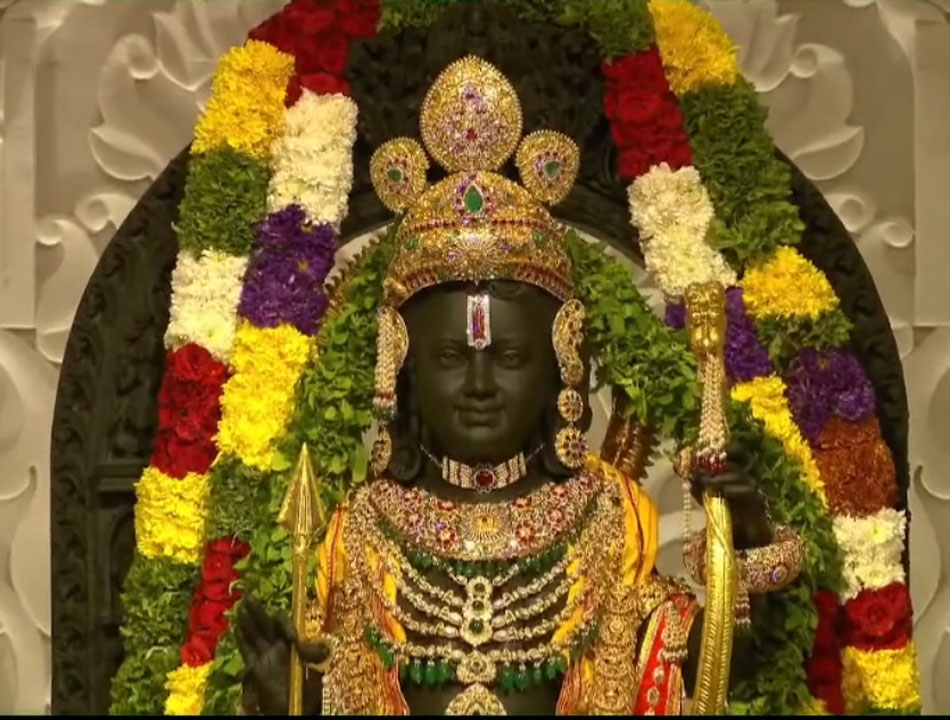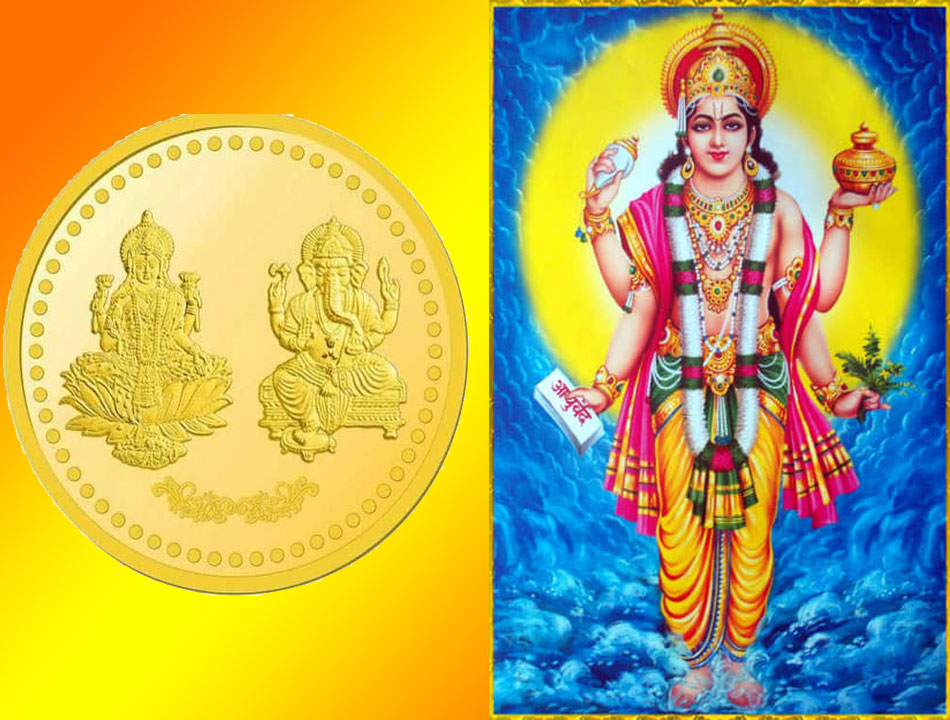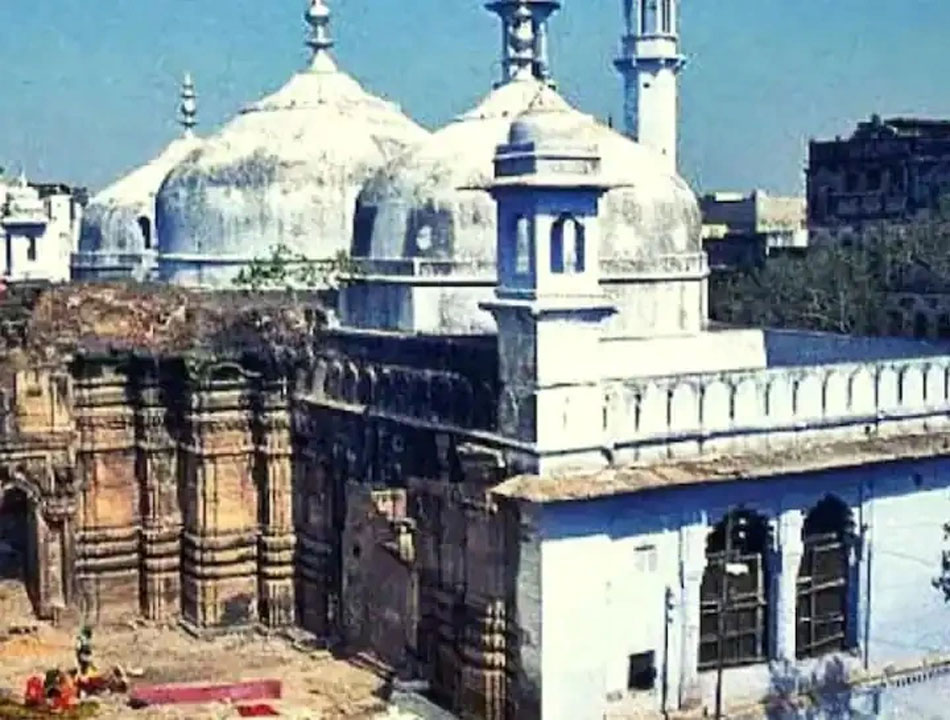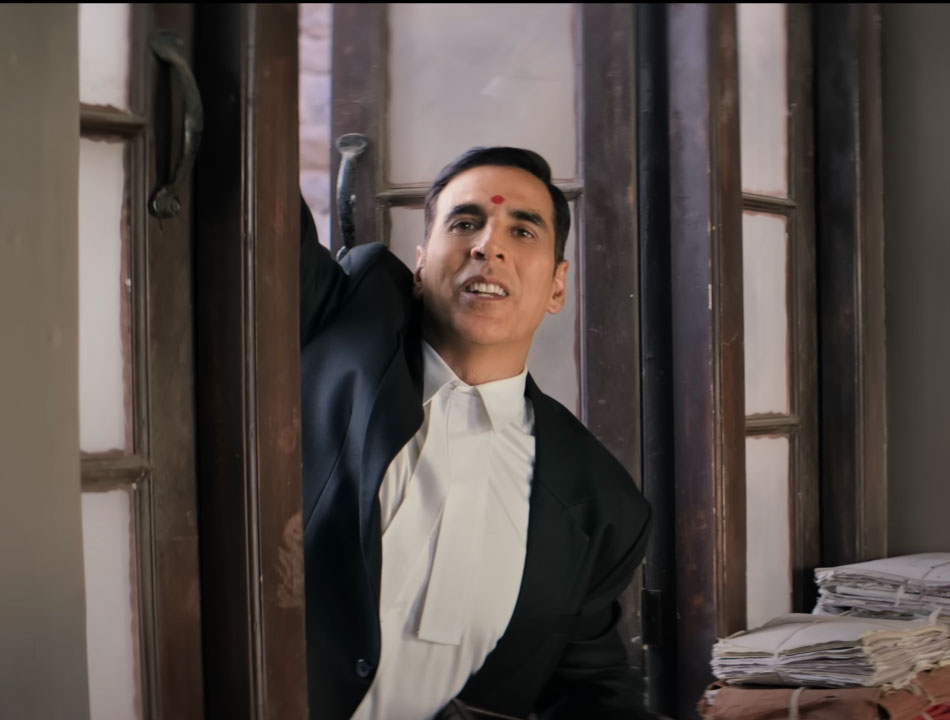
The 2019 General Elections commenced on 11th April to constitute the 17th Lok Sabha. It was held in 7 phases, which ended on 19th May. The counting will take place on 23rd May, the same day on which the results would be declared as well. The elections kicked off in states and union territories such as Andhra Pradesh, Assam, Andaman and Nicobar Islands. It came to a close in states like Bihar, Jharkhand and Punjab.
On the night of 19th May and its subsequent days, the Indian news channels were filled with exit poll surveys, predicting the seat share that the various parties will win. The exit polls forecasted anywhere between 267 (ABP-Nielsen) to 365 seats (India Today-Axis Poll) for the National Democratic Alliance (NDA) in the 2019 elections. If the polls land correctly, then PM Narendra Modi’s return to power will buttress his reputation as a tall leader and compare him to the likes of the eminent Atal Bhiahri Vajpayee, the first BJP-NDA prime minister who led the BJP to 182 seats.
But more often than not, inability of pollsters to make accurate forecasts in the recent past, particularly the 2004 Lok Sabha exit poll debacle, has added to the criticism of exit polls being unreliable. This is due to the following causes- While TV channels boast about the “biggest sample”, they forget to check if the sample mirrors the Indian electorate accurately or not. The second indicator is the direction of the various polls, whether they correctly guess the winner of the elections and their seat share. Third, the vote share estimates of the top two parties and the gap between them is often misinterpreted. Last thing which comes in question is the polling organisation’s past reputation, especially in calling close elections. The quality of the data, even for a smaller size, will always outweigh the usefulness of huge sample sizes. Only Lokniti-CSDS and Cicero Associates put out a detailed methodological note. IPSOS and CVoter provide some information.
The reason behind pollsters being wrong on the seat count, which could happen in this election too, is because it is hard to predict the number of seats despite getting vote shares right. For example, the Congress won 19.5% votes in 2014 but could win only 44 seats, while the BJP in 2009 won 116 seats with an 18.8% vote share. In some cases, parties with lower vote share win more seats due to a concentration of their votes in specific regions.
Contrary to popular belief that exit polls are often wrong, Prannoy Roy and Dorab Sopariwala in their book The Verdict: Decoding India’s Elections analyze 833 opinion and exit polls since 1980, showing the success rates of exit polls is higher in comparison to opinion polls, and both are much better in predicting the outcome of the Lok Sabha elections than state elections. Exit polls of reputed organisations have a higher rate of getting the winner right.
There is another point to be considered. For long, polls used to overestimate the BJP’s vote share and undermine smaller parties like the BSP. This was because BJP voters were typically more forthcoming in talking to interviewers, whereas the BSP voters were apprehensive. This in-built bias gave rise to the famed theory of “silent voters’ overturning elections.
On 23rd May, some pollsters would be correct in their predictions, and a few will get it terribly wrong. However, as most polls have converged on the direction and the eventual winner, it is implausible that the actual results would be a flip of the forecasts.
-- by Sumaho Guha (Contributor)










